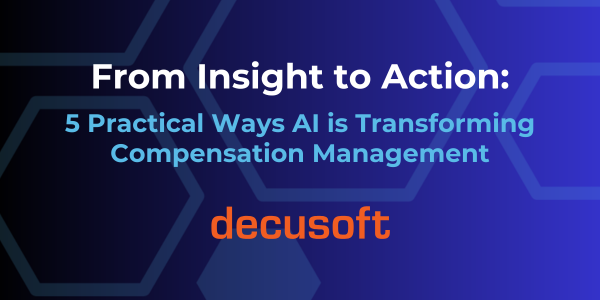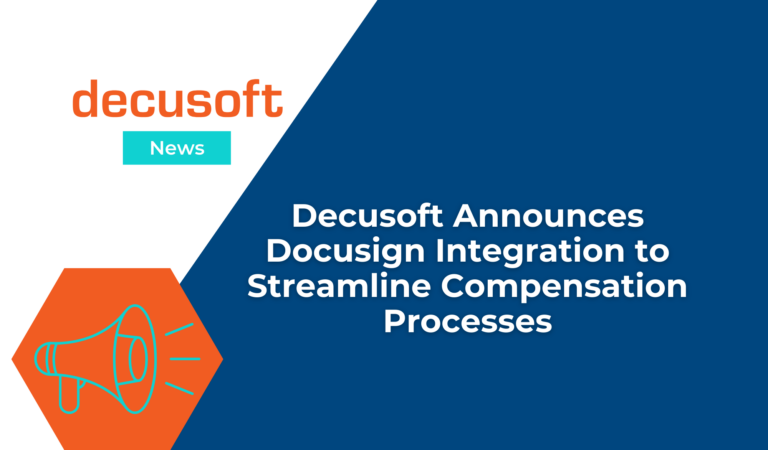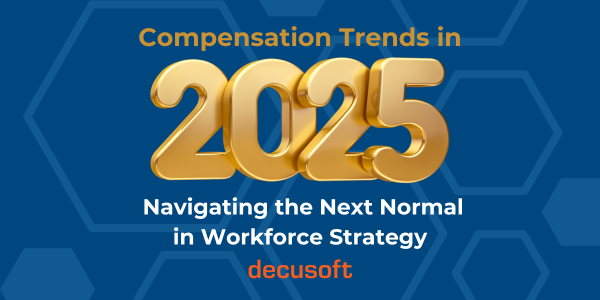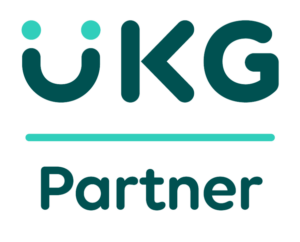With some already calling it “The Year that People Data Analytics Took Off”, 2023 will definitely see a stronger emphasis on quantifying your people data.
But where to start? Or if you already started, what’s next?
Erratic economic factors and an unconventional employment market will make data and analysis one of the most important initiatives for most companies this year. When you add the increased pressure and legislation focused on Diversity, Equity, Inclusion & Belonging, it really becomes a vital resource for you to make unprecedented decisions.
Where do you start?
The first thing to do is evaluate your current situation as an organization and set goals. This may seem self-explanatory, but too often good intentions go awry because there is no direction. Taking an honest look at where your practices stand currently is vital to define and tracking your progress.
Analyzing existing and historical data can be tricky and is wrought with pitfalls. You need to be wary of the possibility that your historical information is tainted by existing bias. There is already some pushback against AI-based tools because there may be “learning” based on existing biases in the process.
The most important thing is to determine what you want to measure, gather the information, and analyze it using a standard that you can continue to use going forward. This is going to be the best way to measure progress toward the goals you have defined.
Whether you are looking at hiring, compensation, promotion, or evaluation data, you need to compare apples to apples from this point forward. We suggest using a standardized tool or set of reports for this because it is the easiest way to show progress.
What’s Next?
Once you have goals in place or if you are already running people data analytics, it is important that you focus on creating the workplace you want. We mentioned being cautious of existing biases – you need to ensure that not only are these identified but that they aren’t factored into your evaluation or worse, your planning/goal setting.
With a lot of companies tightening their belts and even laying off staff, there might be an inclination to put data analytics on the backburner as a nice to have. The reality is that it is exactly the opposite. Now is the time to make sure you have timely information, defined goals, and the tools to make good decisions that drive the business, retain talent, and build a better workplace.
Overall resources may be scarce, but with your existing staff and the right tools, you can put together a data analytics program that accomplishes your goals and positions you better for whatever economic factors bring. In 2023, businesses need to understand that analytics is the key to understanding the workforce, creating a better employee experience, and streamlining internal operations to drive successful outcomes.
What are the most important things to be thinking about with regard to people analytics this year?
DEI & Pay Equity – This is a long overdue priority for so many reasons. Diverse companies are more popular and successful and have an easier time getting and retaining the best talent. Not to mention, so much legislation that is here or coming.
Security – If you are going “old-school” or using a tool to analyze data, it is SO vital that the information is safe. Chain of command, access and protection are the priorities.
Predictive Analytics & Data Based Decisions – Understanding what your data is saying, about the state of your employees, the company, and what is coming next will drive decisions. Data that creates transparency with real-time updates and goals to measure against will enable agile future-looking decision-making. It is a ticket to having a finger on the pulse of your personnel.
If you want to learn more about Decusoft’s People Data Analytics solution, click here.




